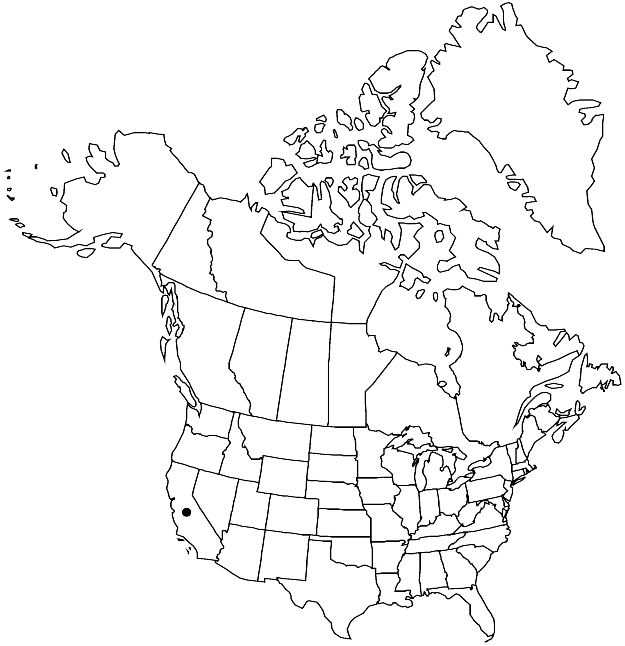Difference between revisions of "Streptanthus callistus"
Madroño 4: 205, plate 31, figs. 1–10. 1938.
FNA>Volume Importer |
FNA>Volume Importer |
||
| Line 33: | Line 33: | ||
-->{{#Taxon: | -->{{#Taxon: | ||
name=Streptanthus callistus | name=Streptanthus callistus | ||
| − | |||
|authority=J. L. Morrison | |authority=J. L. Morrison | ||
|rank=species | |rank=species | ||
| Line 48: | Line 47: | ||
|publication year=1938 | |publication year=1938 | ||
|special status= | |special status= | ||
| − | |source xml=https://jpend@bitbucket.org/aafc-mbb/fna-data-curation.git/src/ | + | |source xml=https://jpend@bitbucket.org/aafc-mbb/fna-data-curation.git/src/f50eec43f223ca0e34566be0b046453a0960e173/coarse_grained_fna_xml/V7/V7_1218.xml |
|tribe=Brassicaceae tribe Thelypodieae | |tribe=Brassicaceae tribe Thelypodieae | ||
|genus=Streptanthus | |genus=Streptanthus | ||
Revision as of 23:13, 16 December 2019
Annuals; (somewhat glaucous), hirsute. Stems unbranched or branched, (often bristly proximally), 0.2–0.9 dm. Basal leaves (soon withered); not rosulate; shortly petiolate; blade oblong-orbicular to obovate, 0.7–1.5 cm, margins dentate. Cauline leaves: blade broadly ovate to obovate, 0.8–1.7 cm × 4–13 mm (smaller distally), base amplexicaul, margins dentate. Racemes ebracteate, (with a terminal cluster of sterile flowers). Fruiting pedicels divaricate, 2–3 mm. Flowers: calyx narrowly campanulate; sepals green to purplish or (sterile flowers) lilac-purple, (narrowly ovate, sterile flowers linear-lanceolate), 3–5 mm, (8–13 mm in sterile flowers), keeled basally (not keeled in sterile flowers; sparsely hirsute in fertile flowers, glabrous in sterile flowers); petals purple (with darker purple veins), 8–11 mm, blade 4–6 × 2.5–3.5 mm, margins not crisped, (flaring), claw 4–5 mm, narrower than blade; stamens in 3 unequal pairs, (purple); filaments: abaxial pair (connate), 4–5 mm, lateral pair 2–3 mm, adaxial pair (connate nearly to apex), 5–6.5 mm; anthers: abaxial and lateral pairs fertile, 1.4–1.8 mm, adaxial pair sterile, 0.4–0.8 mm; gynophore 0.1–0.3 mm. Fruits divaricate, smooth, curved upward, slightly flattened, 1.3–2.5 cm × 2.5–3.5 mm; valves each with prominent midvein, (hispid, trichomes setiform, 0.5–0.8 mm); replum straight; ovules 46–60 per ovary; style 0.2–0.5 mm; stigma slightly 2-lobed. Seeds ovoid (plump), 1.2–1.5 × 0.6–0.8 mm; wing absent. 2n = 28.
Phenology: Flowering Apr–May.
Habitat: Gravelly sedimentary scree and lag-barrens in chaparral-oak woodlands
Elevation: 500-900 m
Discussion
Of conservation concern.
Streptanthus callistus is known from the Mount Hamilton Range of Santa Clara County and is considered to be the most endangered species in the genus.
Selected References
None.
